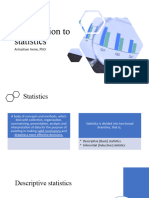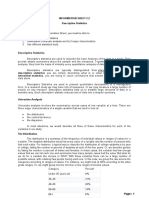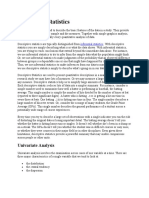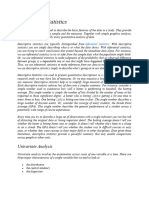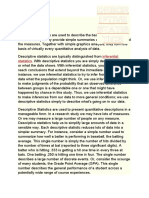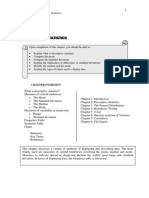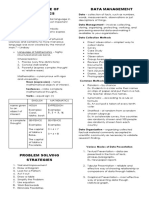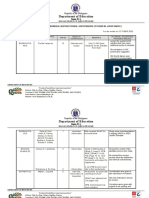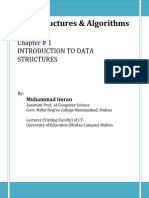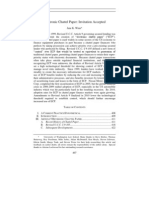0% found this document useful (0 votes)
14 views40 pagesData Analysis
The document discusses data analysis, interpretation, and research report writing, emphasizing the importance of both qualitative and quantitative methods. It outlines the benefits of data analysis, various statistical techniques including descriptive and inferential statistics, and the significance of measures such as central tendency and dispersion. Additionally, it covers hypothesis testing, types of statistical tests, and common misconceptions in data analysis.
Uploaded by
www.lampteyjoseph744Copyright
© © All Rights Reserved
We take content rights seriously. If you suspect this is your content, claim it here.
Available Formats
Download as PPTX, PDF, TXT or read online on Scribd
0% found this document useful (0 votes)
14 views40 pagesData Analysis
The document discusses data analysis, interpretation, and research report writing, emphasizing the importance of both qualitative and quantitative methods. It outlines the benefits of data analysis, various statistical techniques including descriptive and inferential statistics, and the significance of measures such as central tendency and dispersion. Additionally, it covers hypothesis testing, types of statistical tests, and common misconceptions in data analysis.
Uploaded by
www.lampteyjoseph744Copyright
© © All Rights Reserved
We take content rights seriously. If you suspect this is your content, claim it here.
Available Formats
Download as PPTX, PDF, TXT or read online on Scribd
/ 40


